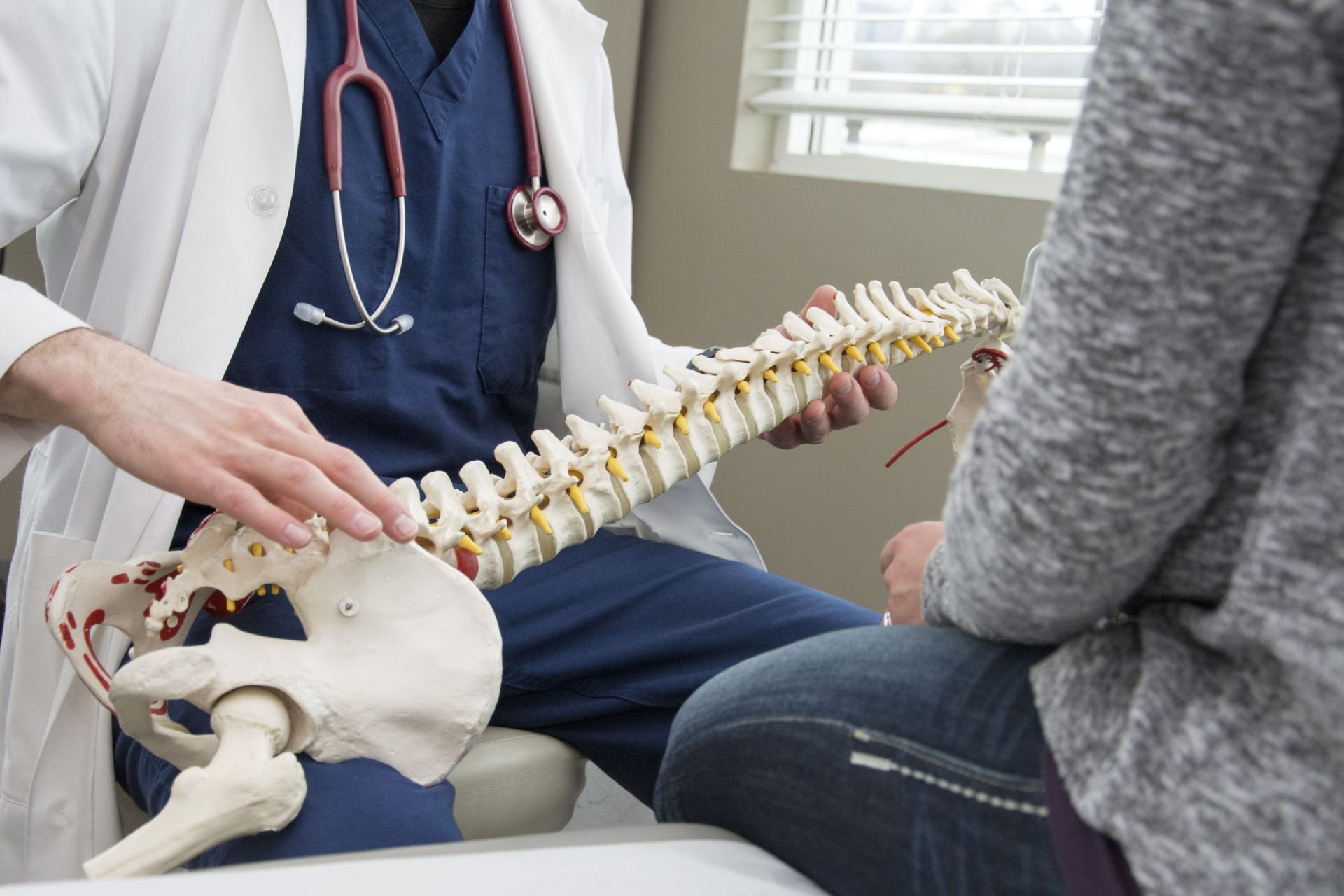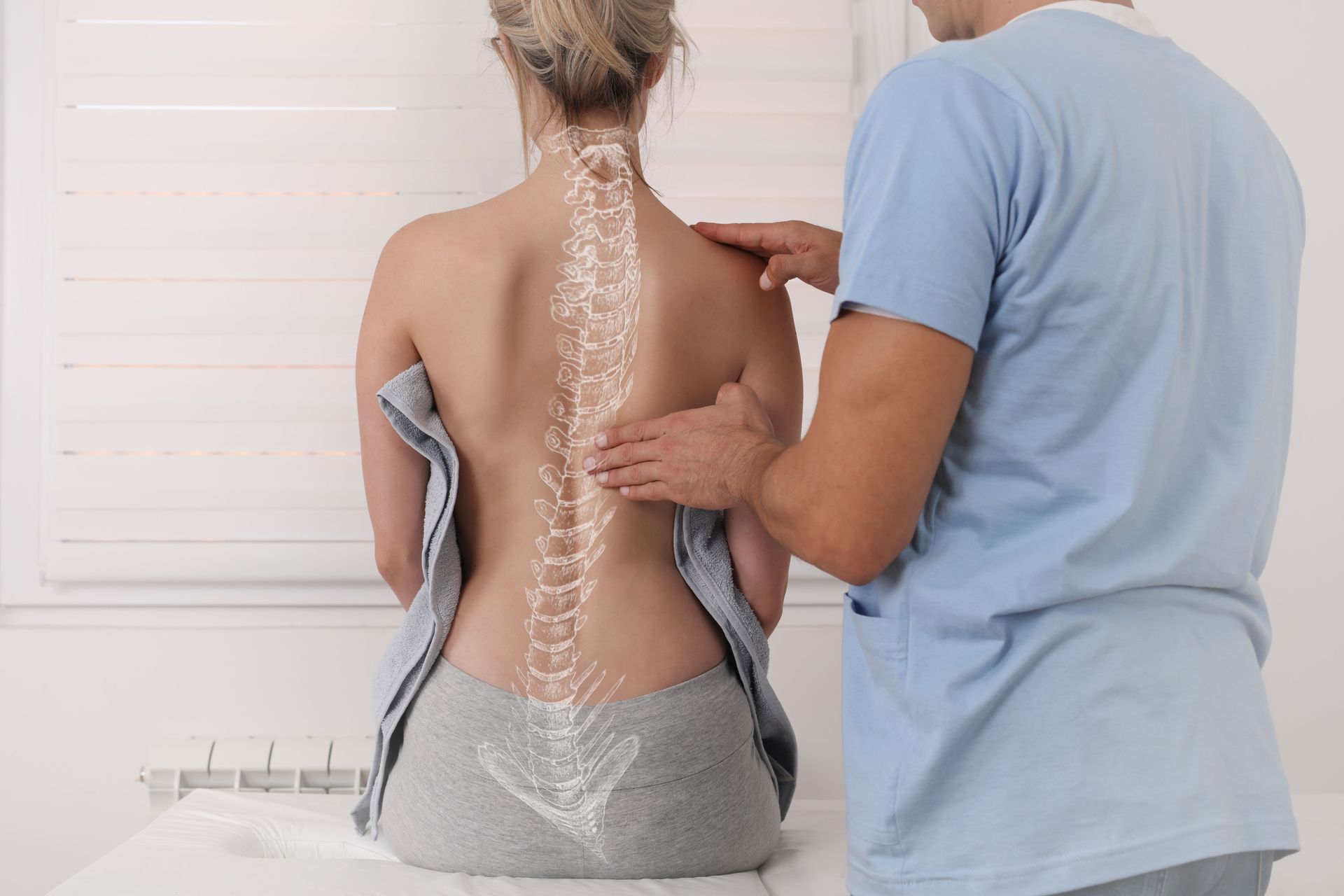Understanding Orthopedics: How It Can Help You Stay Active and Pain-Free
Orthopedics is a specialized field of medicine that focuses on diagnosing, treating, and preventing disorders of the musculoskeletal system, including bones, joints, muscles, ligaments, and tendons. It plays a vital role in helping individuals maintain mobility and reduce pain, which is essential for an active lifestyle. According to Lown, an estimated 22 million orthopedic procedures are performed annually worldwide, covering both adults and children, highlighting just how common and important orthopedic care is today.
Definition of Orthopedics
Orthopedics is the branch of medicine dedicated to the diagnosis, treatment, and prevention of disorders involving the musculoskeletal system. This system consists of bones, joints, muscles, ligaments, and tendons that provide structural support and enable movement. Orthopedic specialists manage conditions such as fractures, arthritis, sports injuries, and congenital deformities. The scope of orthopedics covers both acute injuries and chronic illnesses, aiming to restore function and reduce pain. Patients benefit from a wide range of treatments, from non-invasive therapies to complex surgical interventions.
Orthopedics also involves collaboration with physical therapists, occupational therapists, and other healthcare professionals to ensure comprehensive care. The field continues to grow with advances in medical technology, expanding treatment options. Understanding orthopedics is essential for recognizing when professional help is needed to maintain an active lifestyle. By addressing musculoskeletal problems effectively, orthopedics helps people regain mobility and improve their quality of life.
Causes of Orthopedic Issues
Orthopedic issues can stem from various causes, including injury, wear and tear, and genetic factors. Traumatic events such as falls, accidents, or sports injuries commonly result in fractures, ligament tears, and joint damage. Overuse injuries from repetitive motions, common in athletes and laborers, can cause tendonitis and stress fractures. Additionally, natural aging leads to the gradual deterioration of bones and joints, increasing the risk of osteoarthritis and other degenerative conditions.
Lifestyle choices like inactivity, poor posture, and improper ergonomics contribute to orthopedic problems as well. Obesity puts extra stress on weight-bearing joints, accelerating damage and pain. Some individuals are genetically predisposed to certain conditions, making early diagnosis and prevention crucial. Understanding these causes allows for better management and helps people take preventive measures to avoid complications.
Symptoms of Orthopedic Conditions
Orthopedic conditions often manifest through symptoms such as pain, swelling, stiffness, and reduced mobility. Pain can be acute, as seen in injuries, or chronic, resulting from long-term joint degeneration or inflammation. Swelling may accompany injury or infection, signaling inflammation in affected tissues. Stiffness and difficulty moving joints can interfere with daily activities and reduce overall quality of life.
Early symptoms might be subtle, such as mild discomfort or occasional stiffness, which people sometimes ignore. However, ignoring these warning signs can lead to worsening conditions and permanent damage. What begins as a minor ache can quickly progress into a more serious issue that affects daily functioning. Recognizing symptoms early and seeking professional evaluation is key to effective treatment. Prompt attention can prevent further injury and improve recovery outcomes.
Diagnosis in Orthopedics
Diagnosing orthopedic problems involves a thorough clinical evaluation and advanced imaging techniques. During physical exams, doctors assess range of motion, strength, and areas of tenderness or deformity. These evaluations help identify affected structures and guide further testing. Imaging tools like X-rays provide clear pictures of bone fractures and joint space narrowing. MRI and CT scans offer detailed views of soft tissues, including muscles, ligaments, and cartilage.
Accurate diagnosis is essential for developing an effective treatment plan tailored to the patient’s needs. In some cases, blood tests or joint fluid analysis may be required to rule out infections or autoimmune diseases. Functional assessments, such as gait analysis or strength testing, can also provide valuable insights into movement limitations and muscular imbalances. Early and precise diagnosis ensures the right interventions, reducing the risk of complications and promoting better healing.
Treatments in Orthopedics
Orthopedic treatments are diverse, ranging from conservative therapies to surgical interventions. Non-surgical options include physical therapy, medications such as anti-inflammatories and pain relievers, and injections like corticosteroids. These methods aim to reduce pain, improve joint function, and prevent further deterioration. For many patients, these treatments provide significant relief and delay or eliminate the need for surgery.
When surgery is necessary, orthopedic specialists use techniques designed to minimize tissue damage and speed recovery. Arthroscopic surgery, for example, involves small incisions and specialized instruments to repair joint problems. Joint replacement surgeries are another common solution for severe arthritis or joint destruction. Overall, orthopedic treatments are focused on restoring mobility, reducing pain, and enhancing patients’ quality of life.
Prevention of Orthopedic Problems
Preventing orthopedic issues involves proactive lifestyle changes and awareness of risk factors. Regular physical activity strengthens muscles, improves joint flexibility, and supports bone health. Weight management reduces unnecessary stress on joints, particularly in the knees and hips. Maintaining good posture and using ergonomic equipment at work can prevent repetitive strain injuries.
Nutrition also plays a key role, with adequate calcium and vitamin D intake supporting bone density. Avoiding smoking and limiting alcohol consumption contribute to healthier bones and tissues. Staying hydrated and maintaining a balanced diet rich in lean protein, fruits, and vegetables also supports joint and muscle health. Regular medical checkups allow for early detection and intervention, further reducing the risk of serious orthopedic conditions.
Recovery and Rehabilitation
Recovery following orthopedic treatment is a critical phase that requires patience and commitment. Physical therapy plays a central role by helping patients regain strength, improve flexibility, and restore normal function. Customized rehabilitation programs address individual needs and gradually increase activity levels. This helps reduce pain, prevent stiffness, and avoid future injuries.
Education during rehabilitation is equally important, as patients learn proper techniques to protect joints and muscles. Recovery timelines vary based on the type and severity of the condition, but active participation in rehabilitation often leads to better long-term outcomes. Successful recovery enables individuals to return to their daily activities and enjoy an active lifestyle.
Advancements in Orthopedics
The field of orthopedics is rapidly advancing with new technologies transforming patient care. Robotic-assisted surgeries enhance precision and reduce recovery times, making complex procedures safer. Developments in prosthetics offer improved mobility and comfort for patients with limb loss. Regenerative medicine, including stem cell therapies and tissue engineering, is beginning to show promise in repairing damaged cartilage and bone.
These innovations expand treatment options and improve success rates. Research continues to push boundaries, bringing hope for better solutions to previously untreatable orthopedic conditions. New techniques and technologies are continually being introduced, enhancing both surgical precision and non-invasive treatment options. Staying informed about these advancements can empower patients to seek the best possible care.
Orthopedics plays a crucial role in helping individuals stay active and pain-free by addressing a wide range of musculoskeletal issues through diagnosis, treatment, and prevention. With millions of orthopedic procedures performed worldwide every year, the field continues to evolve, offering innovative solutions to improve patient quality of life. Understanding the fundamentals of orthopedics empowers people to take charge of their health and seek timely care when needed.
If you’re experiencing pain or mobility issues, don’t wait to seek professional care. At Bensalem Orthopedics, PC, our expert team is dedicated to helping you stay active and pain-free through personalized orthopedic solutions. We take the time to understand your unique needs and create a treatment plan that fits your lifestyle and goals. Contact us today to schedule an appointment and take the first step toward better health.





Share On: